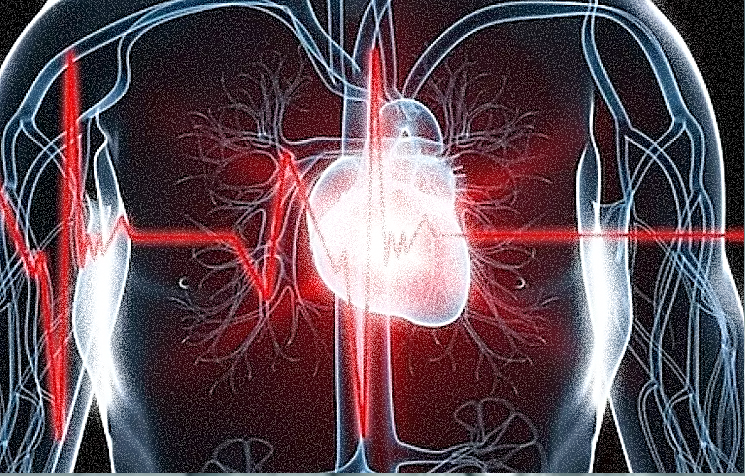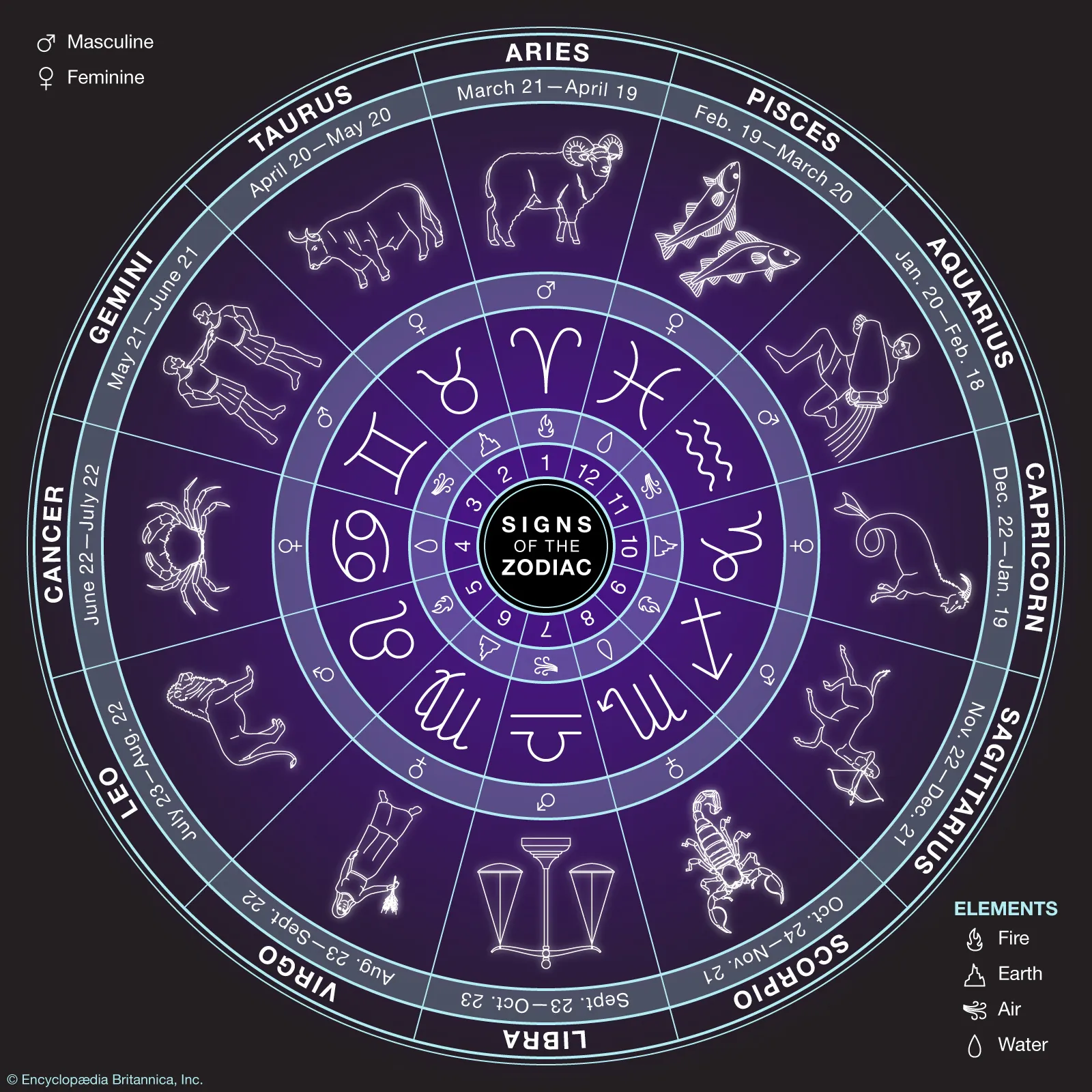Heart attack symptoms differ in men and women.
Women and men have an equally high risk of heart attack. Most of us today know that chest pain and pressure can be a sign of a heart attack. This is usually true for men, but it should be noted that the signals are much less noticeable in women. We explain how to understand a heart attack in women.

Heart Attack in Women Dangerous
We women are constantly reminded to get screened for breast cancer. But even though the number of women who die from a heart attack is twice that of breast cancer, almost nothing is heard about the risk of a heart attack. This is because the symptoms of a heart attack are much more vague in women than in men. Even doctors do not always know how to timely detect a heart attack in a woman. Also, women are 50% more likely than men to be diagnosed with a heart attack as something else.
Symptoms
For these reasons, heart attacks in women are extremely dangerous. And the risk increases. More and more women are overweight, have bad cholesterol levels and high blood pressure. Of course, it is important to eat healthy, but it is also important to know the symptoms of heart attack in women in order to take action on time. Below are the most common symptoms of a heart attack in women.
- Extreme tiredness (for days or even weeks)
- Pain in the upper abdomen, shoulder, neck and jaw area
- nausea
- shortness of breath
- excessive sweating
- feeling restless or anxious
- dizziness
- insomnia disease
Cold
The above symptoms are often mistaken for flu by women themselves, but also by doctors. Although symptoms do not always indicate a heart attack or other heart problems, it is still recommended that you contact your family doctor if you notice any of these symptoms. If symptoms suddenly worsen and/or you feel chest pressure, call the Ambulance immediately.
Men against women
“Why are the symptoms so different between men and women?” You may be wondering. There are multiple reasons for this. In men, problems often arise from the coronary arteries. These are the large vessels around the heart. These can narrow with plaque, partially or completely blocking the blood vessels. In women, these narrowings are more common in smaller vessels around the heart muscle. These are not so easy to detect and cause other, more subtle signals. Therefore, heart attacks in women often go undetected until later.
You can also find delicious flavors on our other pages for delicious recipes.
You can reach us from the following pages:
[wp-rss-aggregator template=”Default”]









